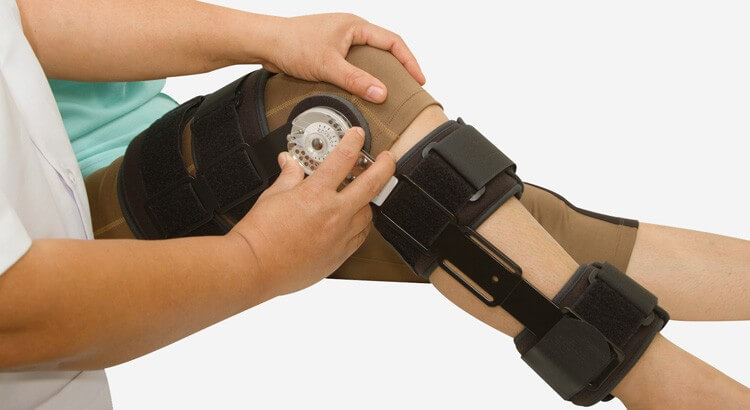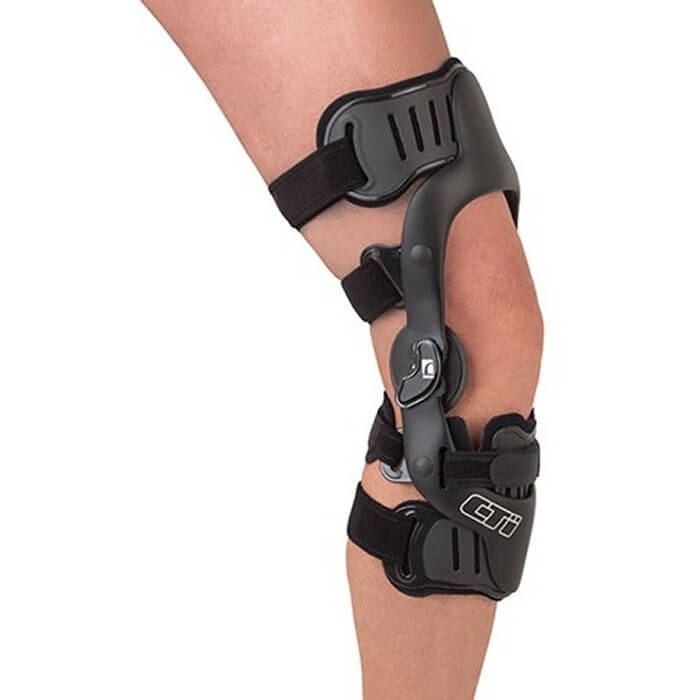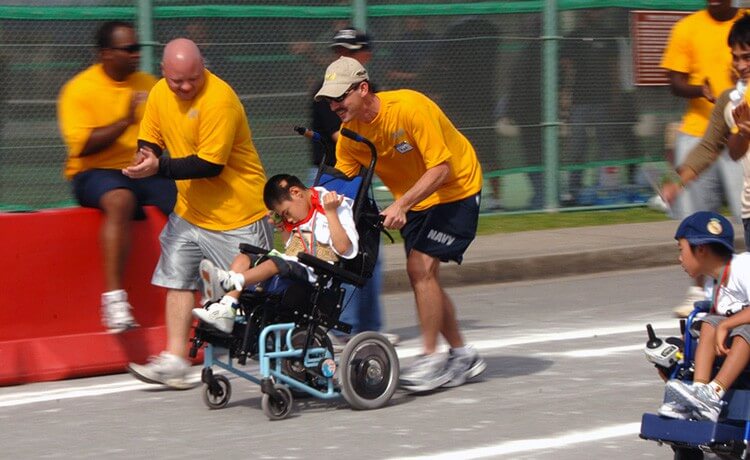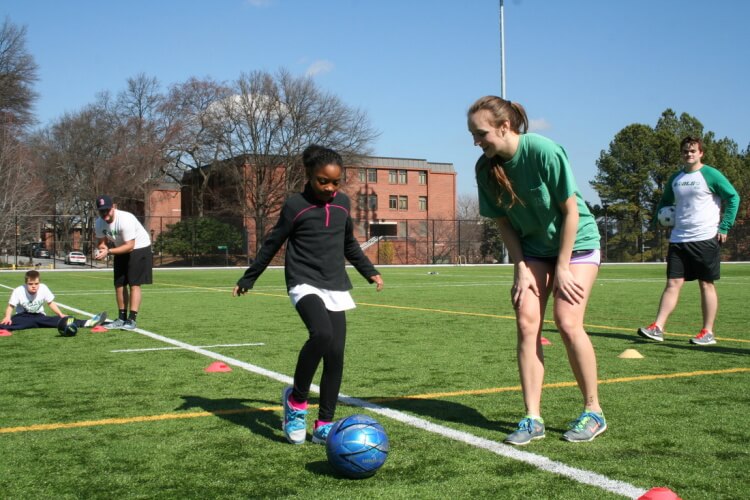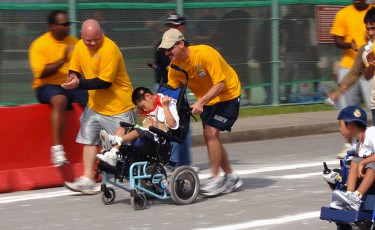
With another year just around the corner, it’s time once again to think about setting “New Year’s Resolutions.” For some of us, losing weight, eating healthier, and being more active is on the wish list toward our ideal self- image. A new year is always a great time for a new beginning, but of course it would be even better if it continued throughout the rest of the year and accumulated over time into progressively better health. Setting the right goals is essential to improving health and feeling successful. The favorite goal for most Americans is losing weight. But losing weight is not necessarily essential to improving one’s health and in many cases any weight initially lost is regained in equal or greater proportion as a person gives up on their drastic diet/exercise routine. Successful lifestyle changes result from small consistent adjustments that can be maintained as part of an overall healthier lifestyle.
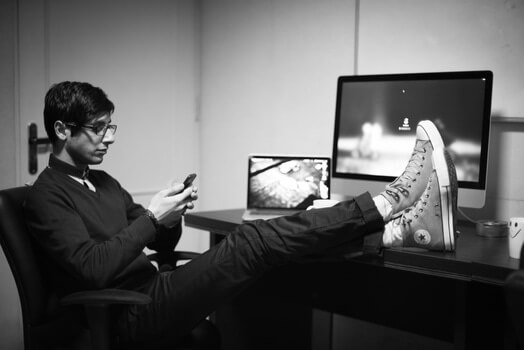
Making a commitment to live a healthier lifestyle is not as daunting as many people imagine. Altering small daily habits can result in lasting improvements in health without requiring a full hour of dedicated exercise time in the busy schedule that we all seem to share. Making consistent everyday choices to be more active can make all the difference in your health. Here are some simple suggestions that you can easily fit into your schedule. Choose one or a couple of these suggestions and practice them until they simply become habits. You will likely not lose drastic amounts of weight or put on tons of muscle, but keep in mind that your health includes many more aspects than simply how you look or the number you see on the scale.
